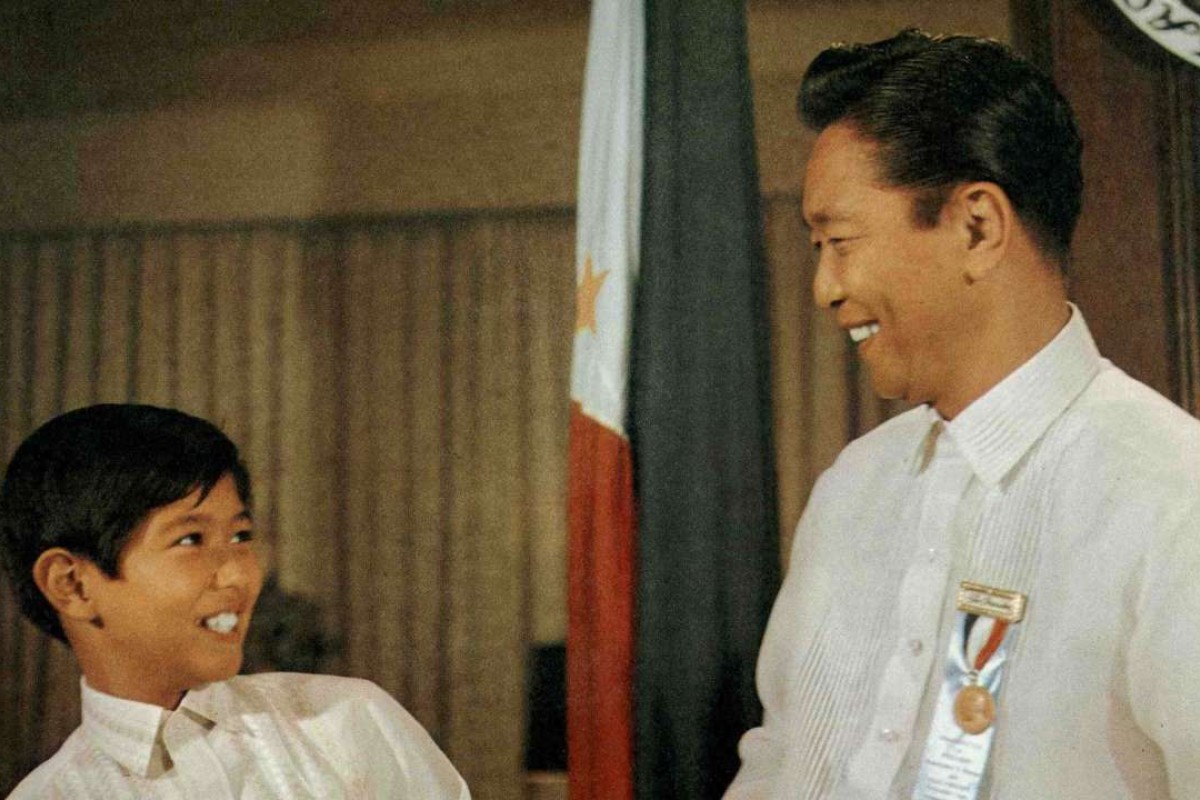Journalism under Marcos administrations, then and now
By Explained PH Staffer
 |
| PHOTO: South China Morning Post |
It was the spry morning of July. The wind blew as if the world had never changed, even after PBBM’s inauguration. It had been decades since the last Marcos was in presidential power. All that time had dwindled until the next year, the next day, inscribing into minutes, seconds—and a breath.
A small exchange of molecules from our lungs was almost a miracle if you had risen against the Marcos regime in the 1970s.
Journalism, then
Late President Ferdinand Marcos issues Letter of Instruction No. 1 to the Philippine military, which details that “you are hereby ordered forthwith to take over and control or cause the taking over and control of all such newspapers, magazines, radio and television facilities and all other media of communications, wherever they are, for the duration of the present national emergency.”
Major media outlets at the time were the ABS-CBN network, Channel 5, as well as several other radio stations situated across the country.
Subsequently, arrests and imprisonment of various notable journalists were arranged namely, Teodoro Locsin of the Philippines Free Press, Chino Roces of Manila Times, Maximo Soliven, Juan Mercado, Luis Mauricio, Amando Doronila, and Luis Beltran.
“Nothing personal, gentlemen. I was ordered to neutralize you. Please cooperate. We’ll try to make things easier for you,” Fidel Ramos, the Philippine Constabulary chief of his time, drawls upon the night of their arrest.
The late Marcos administration justified these apprehensions by pinpointing the newspapers’ collaborations with the communist movement, which were allegedly speculated to engage in subversive and criminal activities aimed at badmouthing the administration in response to their attempt at censorship (Letter of Instruction No. 1).
Their punishment came in the form of ‘salvaging,’ where journalists or opposition-takers face libel suits. Some become victims of assassinations.
Journalism, now
Dregs of a similar pattern emerge upon accusations in late June 2022 of the new Marcos Jr. administration, where the National Security Council (NSC) listed several news organizations for the online suspension of their respective websites—Bulatlat and Pinoy Weekly, to name a few. To the site and organization heads, NSC encourages legal remedies to regain their online status. Amnesty International rebuts in a Twitter post how it is “a blatant attack on freedom of expression and information.”
Human Rights Watch adds that the government has essentially been “terrorist-tagging” without any evidence of malicious behavior. The current administration’s reasoning for the listed news sites being linked to communist ties is inaccurate. The Communist Party of the Philippines (CPP) claims only to be connected with seven on the list of blocked news websites. The remaining majority are local cause-oriented groups, progressive academic papers, and alternative news sites. Uninvolved and falsely mixed in the chaos.
Amnesty International stressed, “Press freedom and freedom of expression are rights guaranteed in the Constitution of the Philippines and under International Human Rights law. They must be protected.”
One that reeks despite being well and alive
If you had risen against the Marcos regime in the 1970s, back then, a small exchange of molecules from your lungs was almost a miracle. Though now, the same breath can be robbed out of you. Only this time, it’s the deletion of a smattering of text, illuminating the emboldened truth from a screen.
Once that is forgotten, a different death permeates. One that reeks despite being well and alive.
